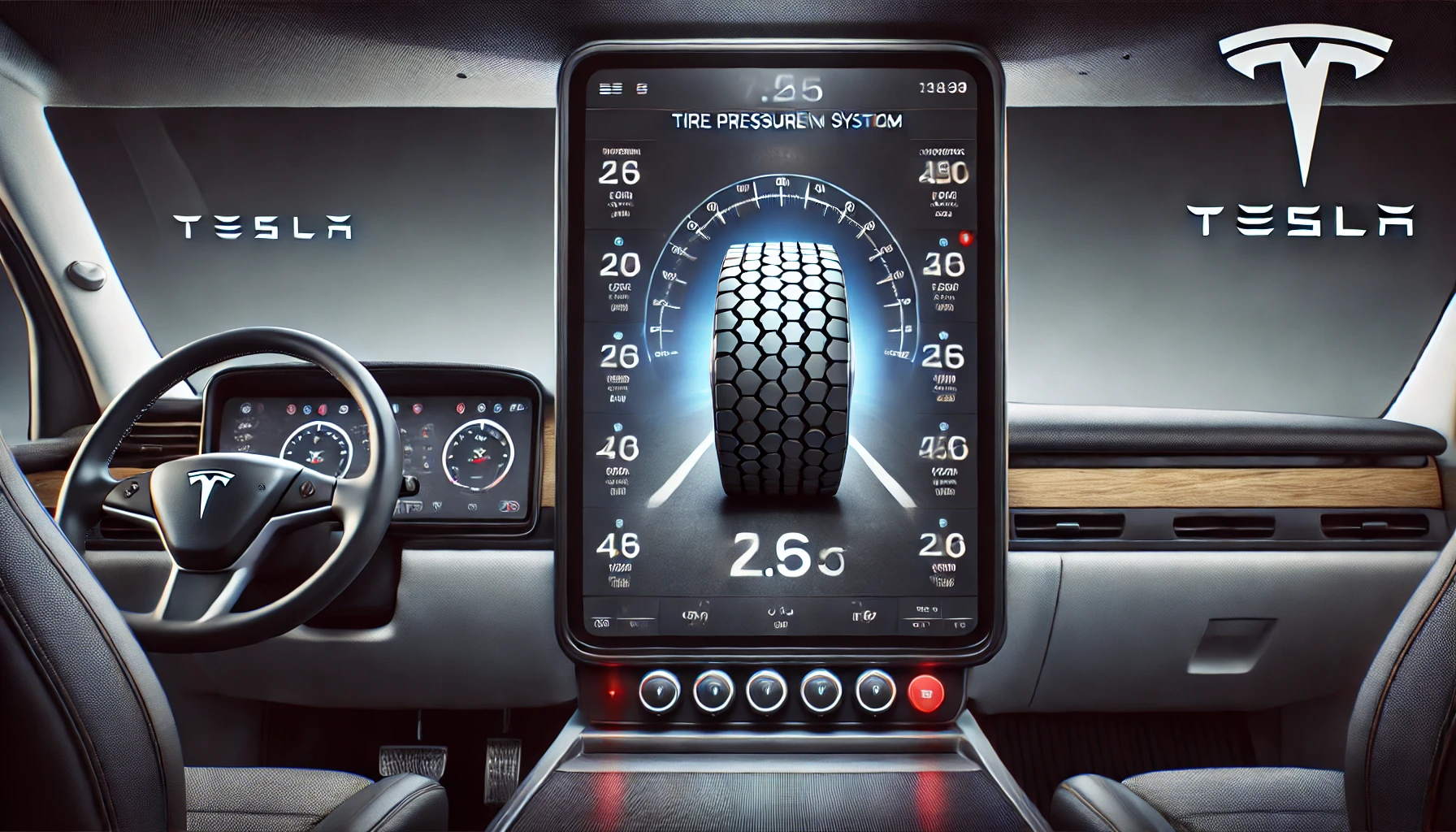
Overview of the Tesla Semi’s Tire Pressure Monitoring System (TPMS)
The Tesla Semi is equipped with a sophisticated TPMS to ensure optimal performance, efficiency, and safety on long-haul routes. The TPMS in the Semi monitors each tire, providing real-time data to the driver on the dashboard. Given the Semi’s extended range and heavy-duty design, maintaining accurate tire pressure is crucial for its efficiency and the longevity of its tires.
Common Causes of TPMS Issues in Tesla Semi
- High Mileage and Sensor Battery Depletion
- Since the Semi is designed for long hauls, its TPMS sensors might drain faster due to frequent use, requiring routine checks or replacements.
- Temperature and Environmental Changes
- Long-distance routes often expose the Semi to diverse temperatures and altitudes, affecting tire pressure and potentially triggering TPMS alerts.
- Software Updates
- Tesla’s software-driven design includes regular updates, and any compatibility issues post-update may affect TPMS functionality temporarily.
- Road Debris and Tire Maintenance
- Due to the rugged conditions Semi trucks endure, road debris or frequent tire changes can sometimes lead to sensor damage or misalignment.
- Interference from High-Frequency Equipment
- Given the Semi’s tech-heavy environment, interference from other high-frequency equipment might occasionally cause temporary TPMS alerts.
Steps to Resolve TPMS Issues in Tesla Semi
1. Manual Tire Pressure Check
- Use a commercial-grade digital gauge to check each tire manually, ensuring pressures match Tesla’s recommendations for the Semi. Adjust as needed and verify the readings.
2. Reset the TPMS Using the Dashboard Interface
- To reset TPMS sensors on the Semi’s interface:
- Navigate to Settings > Service > TPMS.
- Select Reset TPMS to recalibrate the sensors and align with current pressure levels.
3. Perform a Software Reboot
- If the TPMS alert appeared after an update, try a soft reboot:
- Hold both scroll wheels on the steering wheel until the Tesla logo appears to reboot the display.
4. Inspect Sensors in Service Mode
- Access Service Mode to view each sensor’s health, pressure levels, and battery status. This feature will identify any sensor in need of replacement.
5. Schedule Professional Sensor Replacement
- If any sensor shows low battery or has sustained damage, contact Tesla Service for a replacement. Tesla-certified sensors are essential to ensure accuracy and compatibility with the Semi’s system.
Preventative Tips for Tesla Semi TPMS Maintenance
- Monitor Tire Pressure Regularly: Given the Semi’s extensive driving range, check tire pressures weekly and recalibrate TPMS as needed.
- Rotate Tires and Recalibrate TPMS: Frequent tire rotations require a TPMS reset to maintain accuracy.
- Account for Load Adjustments: Heavier loads affect tire pressure, so recalibrate after adjusting the load to avoid unnecessary alerts.
